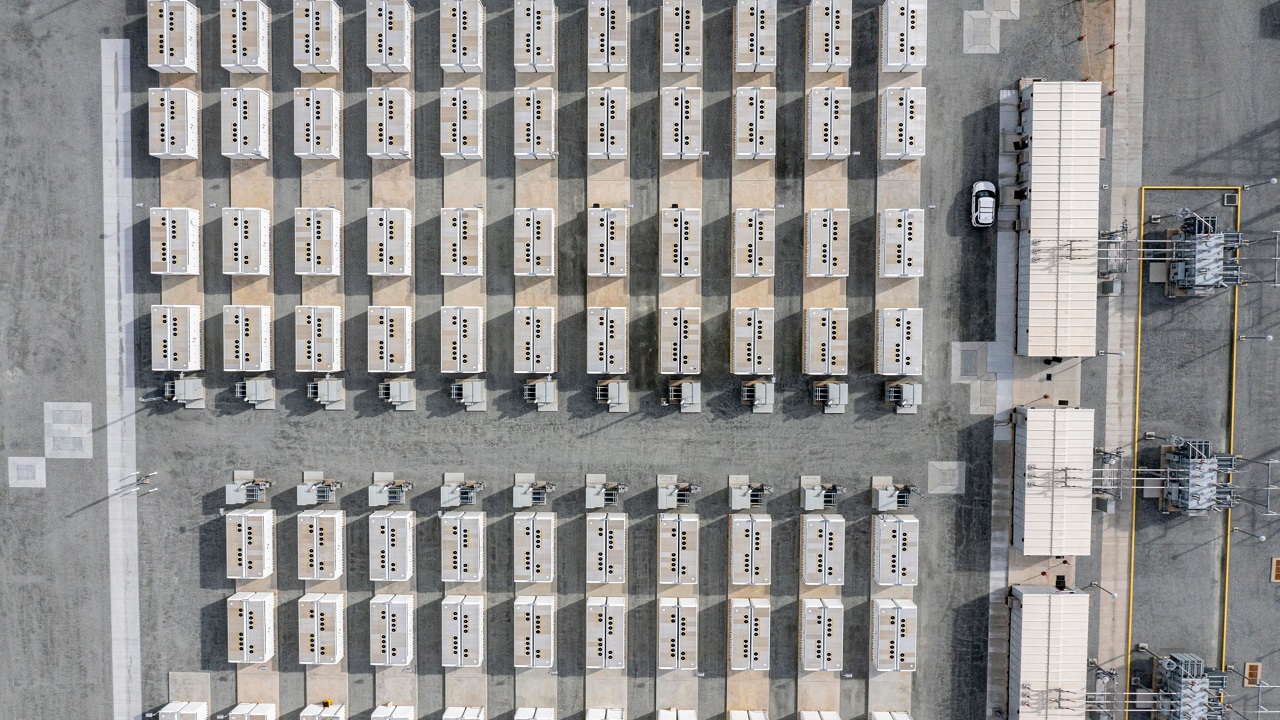In an era where sustainable energy practices are taking centre stage, the global landscape of household energy storage is undergoing a transformative evolution. This article delves into a comparative analysis of the prevailing trends across the world, exploring the diverse approaches countries are adopting to bolster their household energy storage capabilities and contribute to a greener future. The evolution of global trends in household energy storage systems reflects a concerted effort to redefine how nations harness, implement, and advance home energy storage system for a sustainable and resilient energy future.
Harvesting the Power of the Elements
One of the prominent global trends in household energy storage is the incorporation of renewable energy sources, especially solar and wind energy. Countries are increasingly adopting these sources to decrease their reliance on traditional power grids. The capability to store surplus energy produced during peak periods guarantees a reliable power supply during times of low renewable energy output. For a better understanding of how countries are utilizing renewables and storage, click on the following link to learn more.
Governments as Catalysts for Change
Governments globally are recognizing the pivotal role of household energy storage in achieving sustainable energy goals. Many nations are implementing policies that incentivize the adoption of energy storage systems. These initiatives often include financial incentives, tax credits, or subsidies to make these technologies more accessible and affordable for homeowners. The aim is to create an environment conducive to widespread adoption and contribute to national and global energy sustainability.
Pioneering a New Era in Energy Storage
Technological innovation in battery storage is a driving force behind the global trends in household energy storage. While lithium-ion batteries have been the industry standard, researchers and manufacturers are exploring alternative materials and designs to improve performance and sustainability. Innovations such as solid-state batteries and advanced flow batteries promise increased efficiency, longer lifespans, and reduced environmental impact.
Resilience through Localized Energy
A notable trend is the shift towards decentralized energy systems, often facilitated by the development of microgrids. These localized grids, powered by renewable sources and supported by energy storage, offer communities greater resilience during grid failures or emergencies. The ability to disconnect from the main grid and operate independently enhances energy security and reduces vulnerability to disruptions.
Putting Power in the Hands of Homeowners
With the integration of smart technologies, household energy storage systems are empowering consumers. Real-time monitoring and control interfaces allow homeowners to track energy production, consumption patterns, and battery storage levels. This optimization not only ensures efficient energy usage but also fosters a greater sense of control and environmental awareness.
Fulfilling the Promise of a Green Economy
The global shift towards household energy storage has profound economic implications. As the industry expands, it brings about job creation in the manufacturing, installation, and maintenance of energy storage systems. Moreover, the growth of the energy storage sector contributes to the development of a green economy, with new opportunities in research, development, and related industries.
Conclusion
The global trends in household energy storage present a tapestry of innovation, policy evolution, and a collective commitment to a sustainable future. Whether through the integration of renewables, supportive policies, technological advancements, decentralized systems, or enhanced consumer empowerment, countries worldwide are actively shaping the trajectory of household energy storage.


